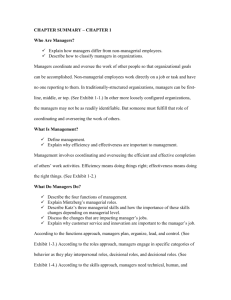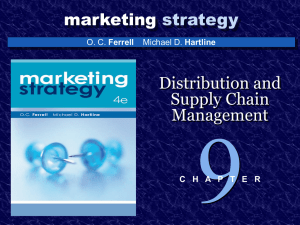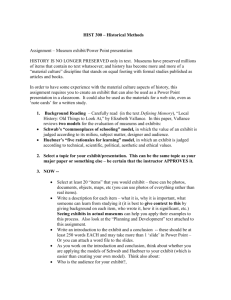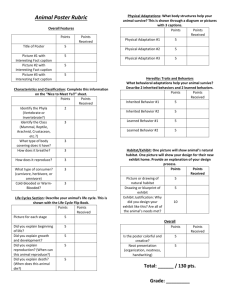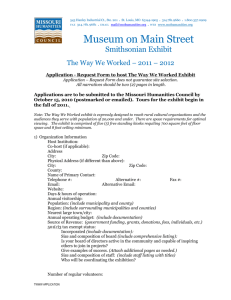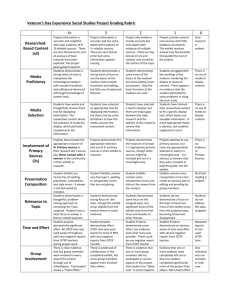GEOS 115 Oceanography
advertisement
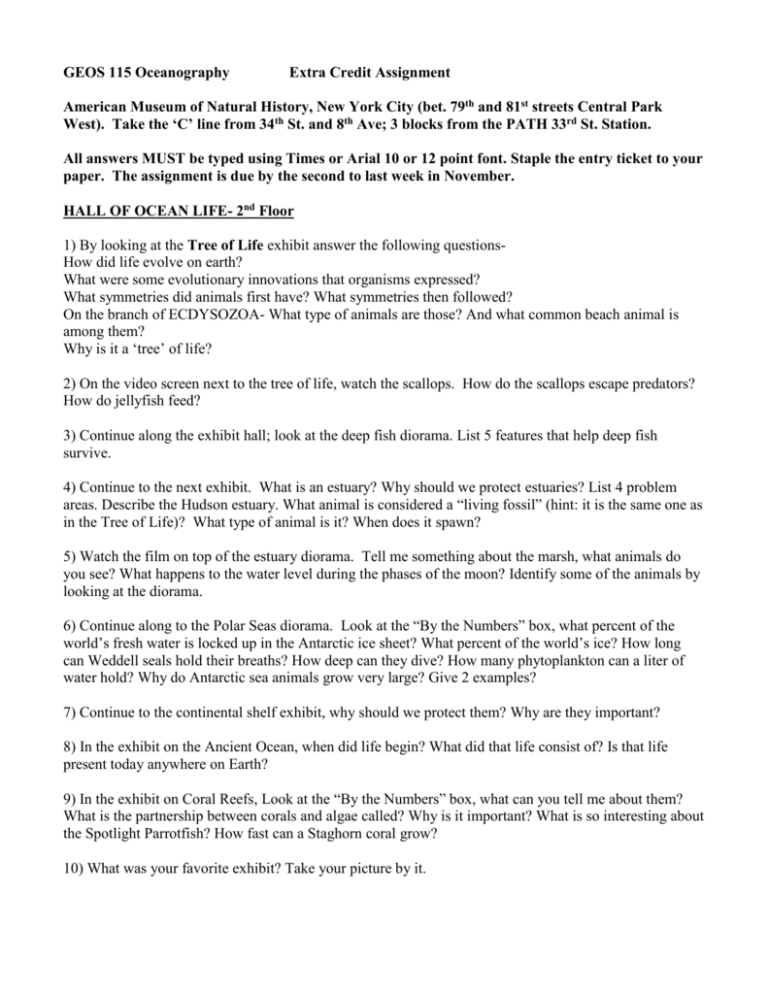
GEOS 115 Oceanography Extra Credit Assignment American Museum of Natural History, New York City (bet. 79th and 81st streets Central Park West). Take the ‘C’ line from 34th St. and 8th Ave; 3 blocks from the PATH 33rd St. Station. All answers MUST be typed using Times or Arial 10 or 12 point font. Staple the entry ticket to your paper. The assignment is due by the second to last week in November. HALL OF OCEAN LIFE- 2nd Floor 1) By looking at the Tree of Life exhibit answer the following questionsHow did life evolve on earth? What were some evolutionary innovations that organisms expressed? What symmetries did animals first have? What symmetries then followed? On the branch of ECDYSOZOA- What type of animals are those? And what common beach animal is among them? Why is it a ‘tree’ of life? 2) On the video screen next to the tree of life, watch the scallops. How do the scallops escape predators? How do jellyfish feed? 3) Continue along the exhibit hall; look at the deep fish diorama. List 5 features that help deep fish survive. 4) Continue to the next exhibit. What is an estuary? Why should we protect estuaries? List 4 problem areas. Describe the Hudson estuary. What animal is considered a “living fossil” (hint: it is the same one as in the Tree of Life)? What type of animal is it? When does it spawn? 5) Watch the film on top of the estuary diorama. Tell me something about the marsh, what animals do you see? What happens to the water level during the phases of the moon? Identify some of the animals by looking at the diorama. 6) Continue along to the Polar Seas diorama. Look at the “By the Numbers” box, what percent of the world’s fresh water is locked up in the Antarctic ice sheet? What percent of the world’s ice? How long can Weddell seals hold their breaths? How deep can they dive? How many phytoplankton can a liter of water hold? Why do Antarctic sea animals grow very large? Give 2 examples? 7) Continue to the continental shelf exhibit, why should we protect them? Why are they important? 8) In the exhibit on the Ancient Ocean, when did life begin? What did that life consist of? Is that life present today anywhere on Earth? 9) In the exhibit on Coral Reefs, Look at the “By the Numbers” box, what can you tell me about them? What is the partnership between corals and algae called? Why is it important? What is so interesting about the Spotlight Parrotfish? How fast can a Staghorn coral grow? 10) What was your favorite exhibit? Take your picture by it.





